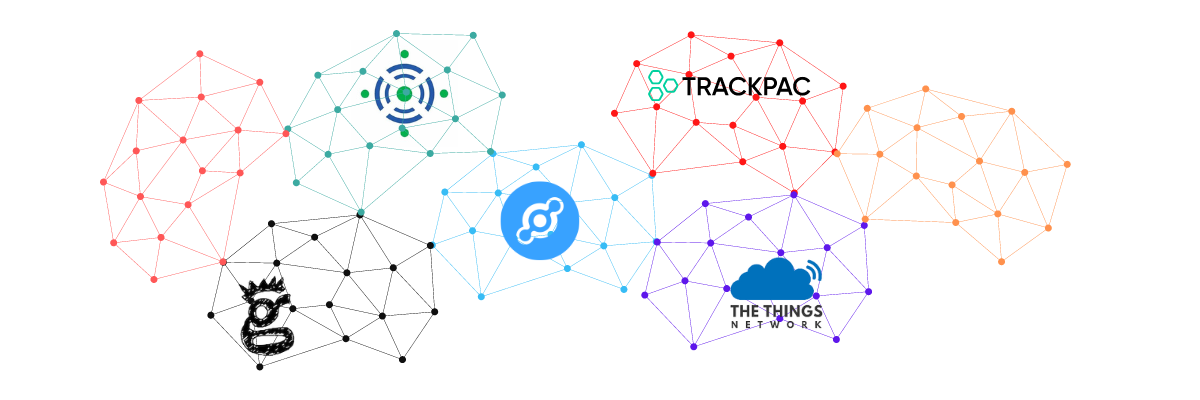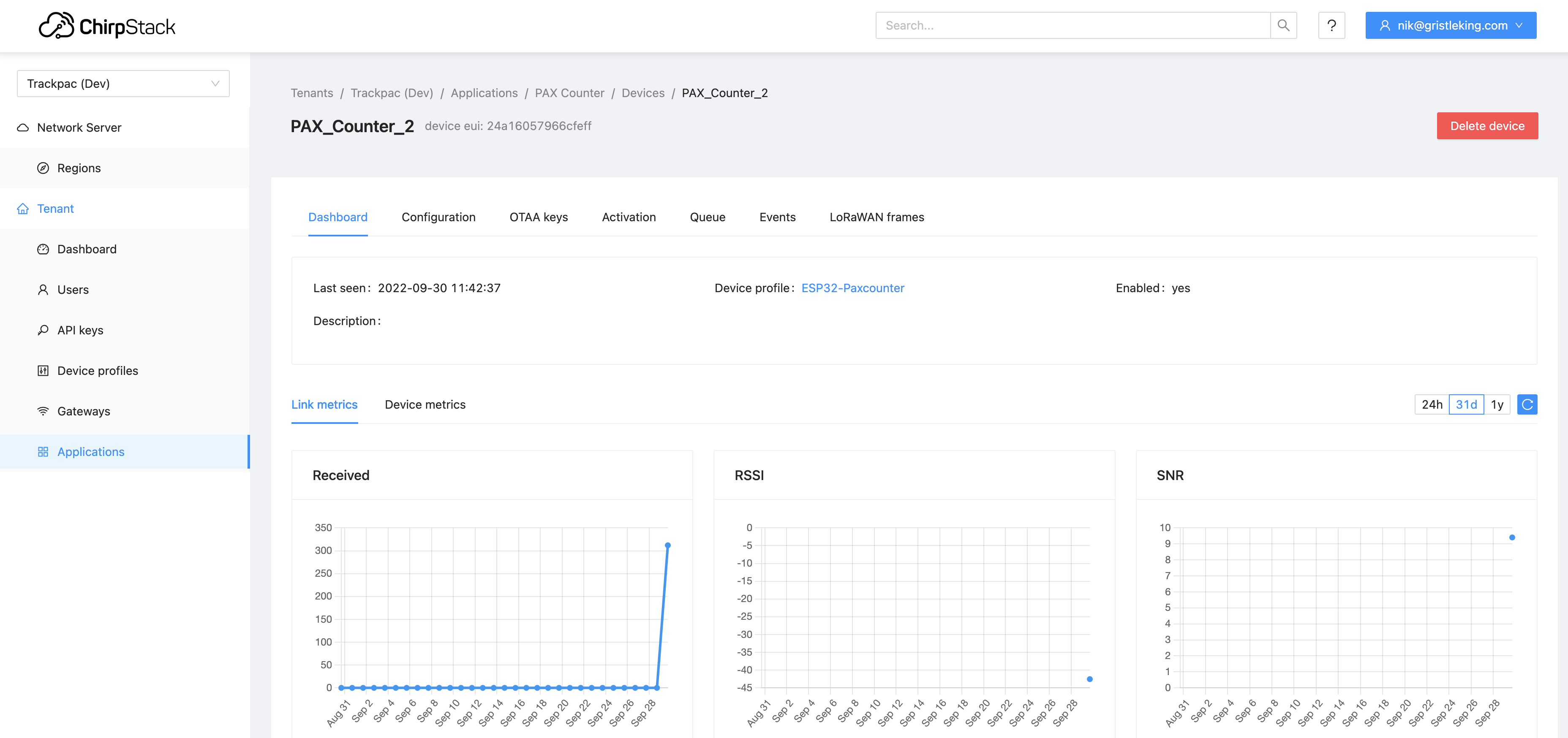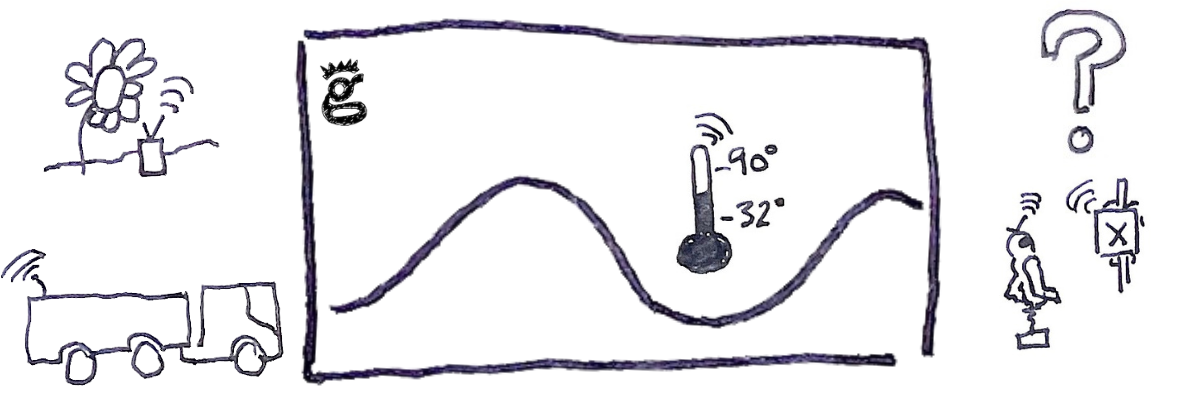“Innovate, be relentless, and make the network usage grow” says Robert Putt, an early Helium adopter and LoRaWAN expert. Rob wrote one of the most useful articles on getting your Hotspot off relay (back when that was an issue) and has spent years in the LoRaWAN space. He’s now working with the well known BFGNeil on the Trackpac project.
Helium has been an incredibly exciting ride so far, but as far as the general public goes, has one main stumbling point: It’s not yet being used.
While that may seem like a giant problem, there are two critical (and often un-noticed) aspects: Remember, the network is still brand new. While it neatly solved the “chicken and egg” problem when it comes to how to deploy gateways when no one is using gateways yet, we’re left now with a (golden) egg: A giant, unused network.

This giant unused network has two main problems, both of which are what the Silicon Valley folks call “high quality” problems.
First, it grew so fast it outpaced the ability of the market to produce hardware to be used on it. In fact, it grew so fast that it outpaced the market’s ability to keep up with supplying the hardware to build it, never mind the sensors to use on it. This caused the main consternation, unfairly attributed to Helium Inc, of not being able to place an order for a miner. Helium built the first 5,000 miners. The other 895,000 or so were produced by third party manufacturers that had to go through a vetting process and immediately have the order ship.
The sensors that will produce the most network data have not been built yet. This applies both to current available sensor ideas like vehicle trackers and soil data trackers as well as future solutions that only make sense when you have a widespread, cheap to use LoRa network. One example of a Not-Yet-Here sensor is a LoRa-enabled device permanently fastened to a catalytic converter. The technology exists to do this, but no one has built that business yet. Will you be the one to do it?

As Jameson Buffmire, VP of Decentralized Wireless over at CalChip Connect, has said:
“The enemy of innovation is not competition, it’s inertia”
-Jameson Buffmire, VP Decentralized Wireless at CalChip Connect
The problem is not that there’s a ton of competition, it’s that this isn’t the way we’ve done things before. Integrating LoRa, satellite, cell, and the rest of the protocols isn’t brand new, but it ain’t, by a long shot, commonplace.
This brings us to the second problem that comes from having a giant network no one is using — without usage you don’t have a real world stress-test, and without a stress test you don’t know if you can rely on it. Clever operators like Paul over on at disk91 are mitigating this risk by building networks that CAN roam onto Helium but also have other networks roaming built in as a redundancy.

This is probably the way we’ll see Helium usage grow. For a long time, usage will slowly accrete as more and more fleets start to roam onto it. Unlike the bubbly early days, this gives the network time to work out bugs without catastrophic failure and build a reputation for reliability and ease of use. In the long term it’ll probably become the de facto worldwide LoRaWAN it set out to be, and few people will remember this initial build out turbulence.
Remember, what it looks like right now is NOT what it’ll look like in a year. Here’s an example of today (September 30th, 2022) on a Chirpstack server run by Trackpac.

Now we circle back to where we started, with Rob Putt’s idea: If you want to be a successful player in the long term world of IoT, now is the time to be relentless and build. Whether you figure out how to use Chirpstack, develop a new sensor, build the ability for others to use and re-sell network services, or just pay attention to the massive innovation going on in the wider space, this is an inflection point for those willing to do the work.

Very few are paying attention, the field is wide open. The limits are your imagination — it doesn’t get any better.

Leave a Reply